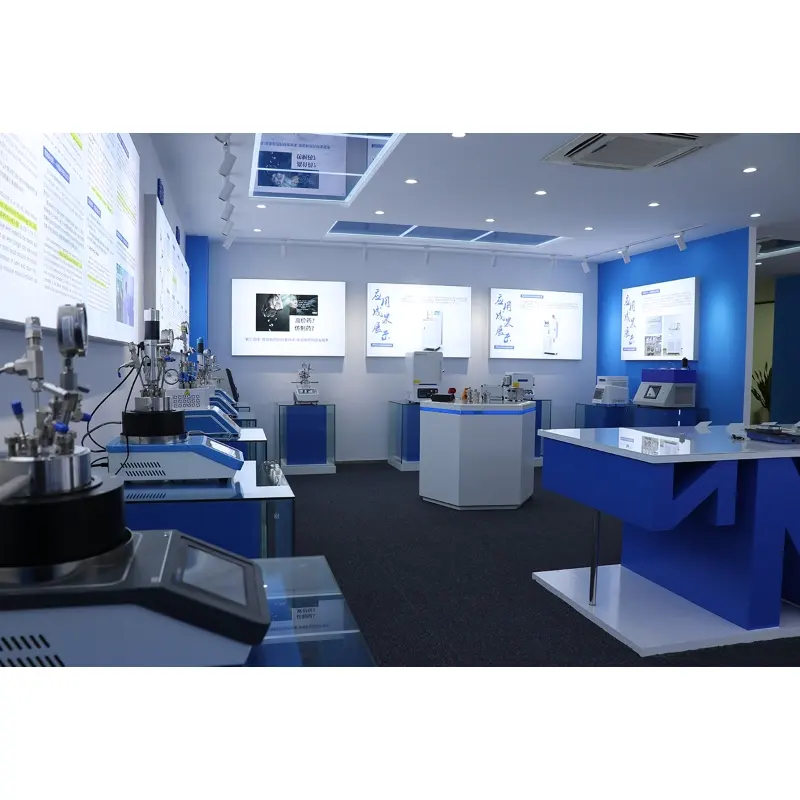The fixed-wavelength LED light source has been widely used in recent years as a light source for photocatalytic reactions in environmental remediation and energy conversion fields. The significant advantage of LED light sources is their ability to provide precisely controlled wavelengths, which match the absorption spectra of specific photocatalysts, thereby greatly improving reaction efficiency. The core principle of photocatalytic reactions is to use catalysts (such as titanium dioxide TiO₂ and other semiconductor materials) to absorb light at specific wavelengths, which excites electrons from the valence band to the conduction band, forming electron-hole pairs. These high-energy electrons and holes undergo a series of chemical reactions on the catalyst surface, generating highly oxidative free radicals such as hydroxyl radicals (·OH) and superoxide anions (·O₂⁻). These free radicals effectively degrade organic pollutants and promote reactions such as water splitting, playing a crucial role in environmental protection and energy conversion. Compared to traditional light sources, LED light sources, with their precise wavelength control and low thermal effects, can more efficiently drive the catalyst, improving reaction speed and efficiency.
In specific applications, fixed-wavelength LED light sources provide matching light to suit the absorption wavelength of different catalysts. For example, the optimal excitation wavelength for titanium dioxide (TiO₂) catalysts lies in the ultraviolet range (about 365 nm), where LEDs can provide precise UV light to enhance TiO₂’s light absorption and increase the reaction rate. Compared to traditional UV lamps, LED light sources not only reduce thermal effects, avoiding interference from excessive temperature in the reaction system, but also significantly improve energy utilization efficiency. LED light sources have higher energy conversion efficiency, with less loss in converting electrical energy to light energy, and the emitted light is concentrated at specific wavelengths without waste in unnecessary wavelengths. These features allow the LED light source to maintain a stable light intensity during long-term operation, reducing the frequency of light source replacement and maintenance costs in experiments. Additionally, because LED light sources are compact and flexible in adjusting the irradiation range and light intensity, they are widely applicable to different sizes and types of photocatalytic reaction devices, further improving their adaptability and efficiency in various fields.
In the field of water treatment, LED-driven photocatalytic reactions can effectively degrade organic pollutants in water, including petroleum-based pollutants, pesticides, harmful substances in industrial wastewater, remove heavy metal ions, pharmaceutical residues, and even kill bacteria and viruses in the water, achieving water purification. At the same time, the low energy consumption and high efficiency of LED light sources make the water treatment process more energy-efficient, with lower operating costs. In air purification, LED light sources can drive catalysts to decompose nitrogen oxides (NOx) and volatile organic compounds (VOCs) in the air, which are major sources of air pollution and smog. By using LED-driven photocatalytic reactions, not only can the air be cleaned, but the harmful effects of these substances on human health can also be reduced, improving the quality of the living environment. In the energy conversion field, LED light sources provide an ideal light source for solar-driven water splitting to produce hydrogen. By promoting the light excitation of the catalyst, the water splitting reaction can proceed more efficiently, and the produced hydrogen gas, as a clean energy, has significant potential in energy substitution and environmental protection. The high efficiency and low energy consumption characteristics of LED-driven photocatalytic water splitting reactions make them highly favored, providing a feasible technological path for the development of clean energy.
The advantages of fixed-wavelength LED light sources, such as high efficiency, long lifespan, and low energy consumption, make their application in photocatalytic reactions very promising. They not only optimize catalytic reactions and improve environmental remediation efficiency but also demonstrate great potential in energy conversion, green chemistry, and other fields. In the future, with continuous advancements in LED technology and the expansion of application areas, fixed-wavelength LED light sources will continue to play a significant role in environmental protection, energy conversion, and other fields, contributing to the achievement of sustainable development and a green low-carbon economy.






